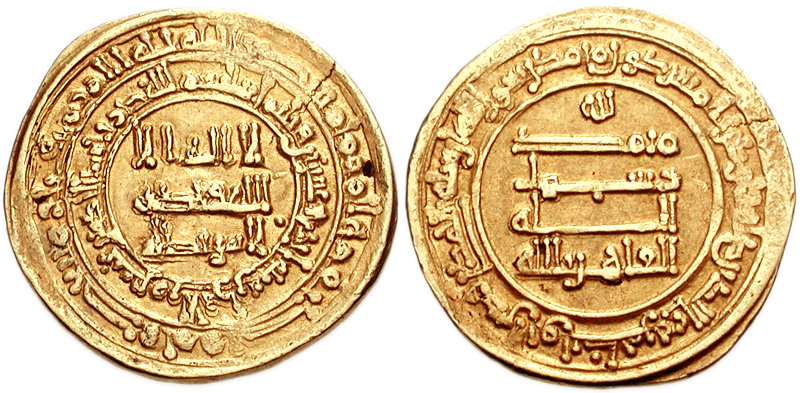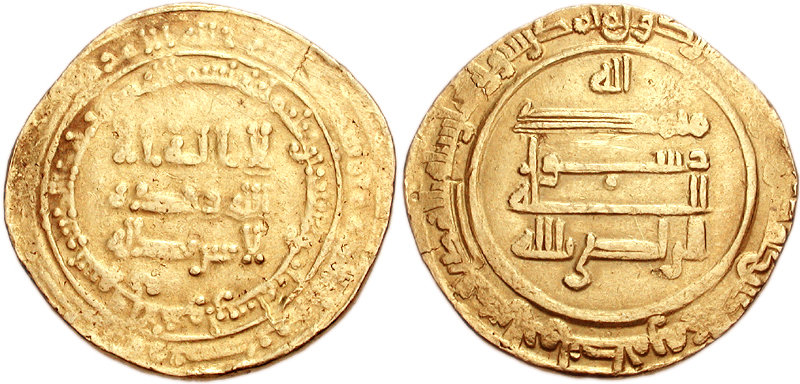|
930s
The 930s decade ran from January 1, 930, to December 31, 939. Significant people * Al-Muqtadir * Constantine VII * Pope John XI * Pope Leo VII * Al-Qahir * Al-Radi * Al-Ash'ari Abū al-Ḥasan al-Ashʿarī (; full name: ''Abū al-Ḥasan ʿAlī ibn Ismāʿīl ibn Isḥāq al-Ashʿarī''; c. 874–936 CE/260–324 AH), often reverently referred to as Imām al-Ashʿarī by Sunnī Muslims, was an Arab Muslim scholar ... References {{Reflist ... [...More Info...] [...Related Items...] OR: [Wikipedia] [Google] [Baidu] |
Constantine VII
Constantine VII Porphyrogenitus (; 17 May 905 – 9 November 959) was the fourth Emperor of the Macedonian dynasty of the Byzantine Empire, reigning from 6 June 913 to 9 November 959. He was the son of Emperor Leo VI and his fourth wife, Zoe Karbonopsina, and the nephew of his predecessor Alexander. Most of his reign was dominated by co-regents: from 913 until 919 he was under the regency of his mother, while from 920 until 945 he shared the throne with Romanos Lekapenos, whose daughter Helena he married, and his sons. Constantine VII is best known for the '' Geoponika'' (τά γεοπονικά), an important agronomic treatise compiled during his reign, and three, perhaps four, books; '' De Administrando Imperio'' (bearing in Greek the heading Πρὸς τὸν ἴδιον υἱὸν Ῥωμανόν), '' De Ceremoniis'' (Περὶ τῆς Βασιλείου Τάξεως), '' De Thematibus'' (Περὶ θεμάτων Άνατολῆς καὶ Δύσεως), and '' Vita Bas ... [...More Info...] [...Related Items...] OR: [Wikipedia] [Google] [Baidu] |
Al-Muqtadir
Abu’l-Faḍl Jaʿfar ibn Ahmad al-Muʿtaḍid ( ar, أبو الفضل جعفر بن أحمد المعتضد) (895 – 31 October 932 AD), better known by his regnal name Al-Muqtadir bi-llāh ( ar, المقتدر بالله, "Mighty in God"), was the eighteenth Caliph of the Abbasid Caliphate from 908 to 932 AD (295–320 AH), with the exception of a brief deposition in favour of al-Qahir in 928. He came to the throne at the age of 13, the youngest Caliph in Abbasid history, as a result of palace intrigues. His accession was soon challenged by the supporters of the older and more experienced Abdallah ibn al-Mu'tazz, but their attempted coup in December 908 was quickly and decisively crushed. Al-Muqtadir enjoyed a longer rule than any of his predecessors, but was uninterested in government. Affairs were run by his officials, although the frequent change of viziers—fourteen changes of the head of government are recorded for his reign—hampered the effectiveness of the adminis ... [...More Info...] [...Related Items...] OR: [Wikipedia] [Google] [Baidu] |
Pope John XI
Pope John XI ( la, Ioannes XI; c. 910 – December 935) was the bishop of Rome and nominal ruler of the Papal States from March 931 to his death. The true ruler of Rome at the time was his mother, Marozia, followed by his brother Alberic II. His pontificate occurred during the period is known as ''Saeculum obscurum''. Parentage John was the son of Marozia, the most powerful woman in Rome and the wife of Alberic I at the time of John's birth. According to hostile chronicler Liutprand of Cremona and the '' Liber Pontificalis'', John's father was not Alberic but Marozia's lover Pope Sergius III. However, neither Auxilius of Naples nor Eugenius Vulgarius, both of whom were exact contemporaries of Sergius, and both of whom were hostile towards Sergius for his attacks on Formosus, mention this allegation at all. The highly reliable chronicler Flodoard also refers to John as the brother of Alberic II, and does not mention the allegation either. Ferdinand Gregorovius, Ernst Dü ... [...More Info...] [...Related Items...] OR: [Wikipedia] [Google] [Baidu] |
Pope Leo VII
Pope Leo VII ( la, Leo VII; died 13 July 939) was the bishop of Rome and nominal ruler of the Papal States from 3 January 936 to his death. Election Leo VII's election to the papacy in 936, after the death of Pope John XI, was secured by Alberic II of Spoleto, the ruler of Rome at the time. Alberic wanted to choose the pope so that the papacy would continue to yield to his authority. Leo was the priest of the church of San Sisto Vecchio in Rome, thought to be a Benedictine monk. He had little ambition towards the papacy, but consented under pressure. Pontificate As pope, Leo VII reigned for only three years. Most of his bulls were grants of privilege to monasteries, especially including the Abbey of Cluny. Leo called for Odo of Cluny to mediate between Alberic and King Hugh of Italy. Odo was successful in negotiating a truce after arranging a marriage between Hugh's daughter Alda and Alberic. Leo VII also appointed Archbishop Frederick of Mainz as a reformer in Germany. Leo a ... [...More Info...] [...Related Items...] OR: [Wikipedia] [Google] [Baidu] |
Al-Qahir
Abu Mansur Muhammad ibn Ahmad al-Mu'tadid ( ar, أبو المنصور محمد بن أحمد المعتضد, Abū al-Manṣūr Muḥammad ibn Aḥmad al-Muʿtaḍid), usually known simply by his regnal title Al-Qahir bi'llah ( ar, القاهر بالله, al-Qāhir bi-'llāh, Victorious by the will of God), was the nineteenth Caliph of the Abbasid Caliphate from 932 to 934. He was born 286 AH (899 C.E.) and died 339 AH (950 C.E.). Early life Al-Qahir was a son of the 16th Abbasid caliph, al-Mu'tadid (), and brother of the 18th Caliph, al-Muqtadir (). The mother of al-Qahir was a concubine called Fitnah. (She was the mother of Al-Mu'tadid's third son, Al-Qahir). The full name of Al-Qahir was Muhammad ibn Ahmad al-Mu'tadid al-Qahir bi'llah and his Kunya was Abu Mansur. Rise to the throne Al-Qahir came to the throne as part of his brother's conflict with the increasingly powerful commander-in-chief, Mu'nis al-Muzaffar. He was first chosen as Caliph in March 929, when Mu'nis la ... [...More Info...] [...Related Items...] OR: [Wikipedia] [Google] [Baidu] |
Al-Radi
Abu'l-Abbas Ahmad (Muhammad) ibn Ja'far al-Muqtadir ( ar, أبو العباس أحمد (محمد) بن جعفر المقتدر, Abū al-ʿAbbās Aḥmad (Muḥammad) ibn al-Muqtadir; December 909 – 23 December 940), usually simply known by his regnal name al-Radi bi'llah ( ar, الراضي بالله, al-Rāḍī bi'llāh, Content with God), was the twentieth Caliph of the Abbasid Caliphate, reigning from 934 to his death. He died on 23 December 940 at the age of 31. His reign marked the end of the caliph's political power and the rise of military strongmen, who competed for the title of . Early life The future al-Radi was born on 20 December 909, to the caliph al-Muqtadir () and a Greek-born slave concubine named Zalum. At the age of four, he received the nominal governorship of Egypt and the Maghreb, and was sent with the commander-in-chief Mu'nis al-Muzaffar to Egypt, who became his tutor. When Mu'nis and al-Muqtadir fell out in 927, Abu'l-Abbas and the vizier Ibn Muqla t ... [...More Info...] [...Related Items...] OR: [Wikipedia] [Google] [Baidu] |
Al-Ash'ari
Abū al-Ḥasan al-Ashʿarī (; full name: ''Abū al-Ḥasan ʿAlī ibn Ismāʿīl ibn Isḥāq al-Ashʿarī''; c. 874–936 CE/260–324 AH), often reverently referred to as Imām al-Ashʿarī by Sunnī Muslims, was an Arab Muslim scholar of Maliki jurisprudence, scriptural exegete, reformer (''mujaddid''), and scholastic theologian (''mutakallim''), renowned for being the eponymous founder of the Ashʿarite school of Islamic theology. Al-Ashʿarī was notable for taking an intermediary position between the two diametrically opposed schools of Islamic theology prevalent at the time: Aṯharī and Muʿtazila. He primarily opposed the Muʿtazilite theologians, who advocated the use of rationalism in theological debate and believed that the Quran was created (''makhlūq''), as opposed to it being uncreated. On the other hand, the Ḥanbalites and '' Muḥaddithīn'' exclusively relied upon the strict adherence to literalism and the outward ('' ẓāhir'') meaning of e ... [...More Info...] [...Related Items...] OR: [Wikipedia] [Google] [Baidu] |

.jpg)

